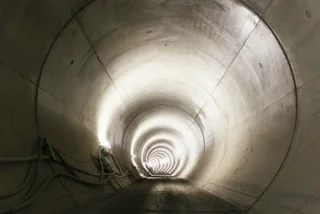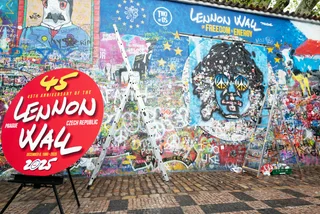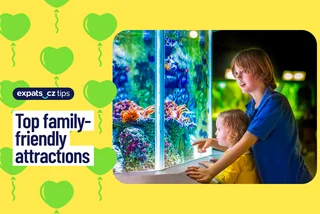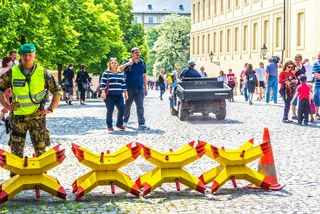The historical building of the National Theatre, built in 1883, is generally considered the premiere stage in the Czech Republic — and such an important symbol of Czech statehood that it’s often referred to as the “gold chapel.” The building is the flagship of the National Theatre institution, which today encompasses five venues and four companies for opera, drama, and ballet performances.
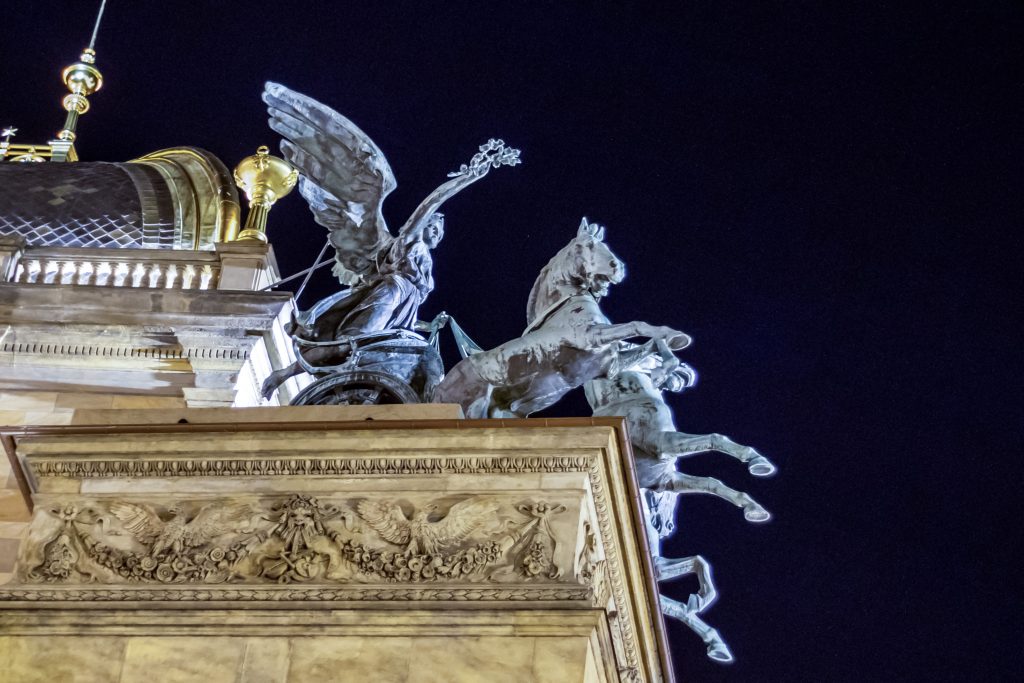
PARTNER ARTICLE
If you haven’t attended a show lately, there’s no better time than this spring, which sees the debut of a couple of new English-friendly operas.
In honor of the May 16, 1868 anniversary of the laying of the theater’s original foundation stone, we present some lesser-known facts about — and a couple of tips for what to see when you go to — Prague’s National Theatre:
It features English-language opera this season…
Mozart and the Others (Letters, Riddles and Writs / The Classical Style) represents two remarkable operas directed by Czech film director Alice Nellis. The thirty-minute mini-operaLetters, Riddles and Writs by composer Michael Nyman debuted in 1991 for the BBC television project Not Mozart, which marked the 200th anniversary of Mozart’s death.
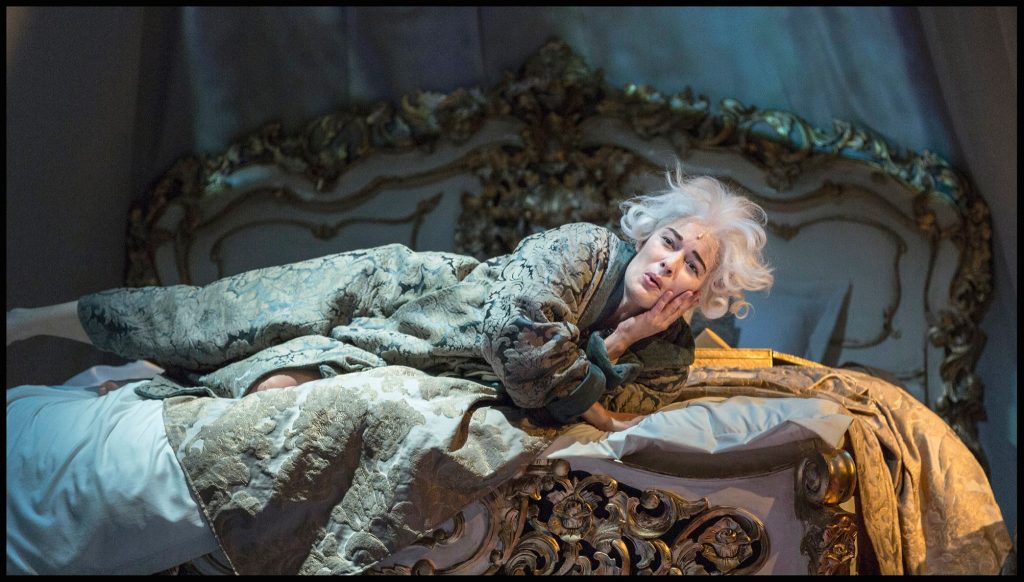
The Classical Style by the US’s Steven Stucky, a Pulitzer Prize winner, is based on American pianist and musicologist Charles Rosen’s eponymous book, giving an account of three classical giants — W. A. Mozart, Joseph Haydn and Ludwig van Beethoven — who descend from heaven to see what has become of their glory in modern age.
…as well as a lavish, satirical Italian fairy tale!
Bold, playful, and groundbreaking, Sergei Prokofiev’s French libretto is based on an Italian fairy tale by the Italian playwright, satirist, and mystifier Count Carlo Gozzi. Debuting this week, The Love for Three Oranges depicts a hypochondriac, orange-loving prince and features visionary music and players from the Losers Cirque Company. It debuts on the Czech stage for the first time ever.

The Love for Three Oranges
The historic building’s stonework came from as far away as Chicago.
Originally, only two basic stones were to be imported to lay the groundwork for the National Theatre, from sacred Mount Říp and Radhošť. But other stones from Blaník, Vyšehrad, Žižkov and numerous other neighborhoods of the Czech capital as well as from Czech cities were also used. Additionally, in 1869, marble from Czech compatriots in Chicago arrived.

Everyone from royalty to small children donated to its building fund.
While significant sums of gulden were donated by nobility, contributions arrived from all around the world: Moravia and Slovakia, as well as from Krakow, Graz, Lvov, and even Cambridge. Grains of washed gold worth one ducat came from California. Czech lady patriots held a jumble sale on Žofín Island. Legend has it that a little girl named Otylka gave a single gulden. Later on, she would play the stage of the National Theatre as the famed actress Otýlie Sklenářová-Malá.
Its 1881 opening paid tribute to a visiting prince.
The National Theatre was opened for the first time in 1881, to honor the visit of Crown Prince Rudolf of Austria. Bedřich Smetana’s opera Libuše was given its world premiere, conducted by Adolf Čech.
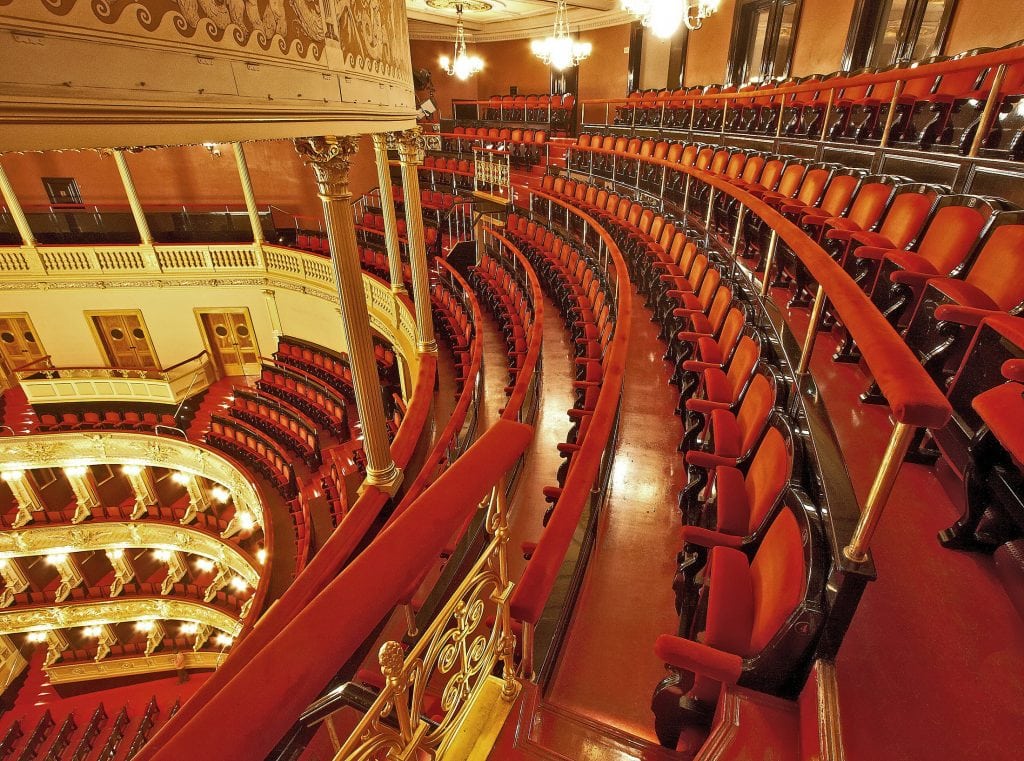
Its original copper dome went up in flames.
Following its opening, the theater was closed down to enable the completion of some finishing touches. While this work was underway a fire broke out on August 12, 1881, which destroyed the copper dome, the auditorium, and the stage. The fire was seen as a national catastrophe and was met with a mighty wave of determination to take up a new collection: Within 47 days a million guldens were collected.
It reopened just two years later with a glitzy new roof.
The National Theatre was inaugurated on November 18, 1883, with a performance of Smetana’s festive opera Libuše, specially composed for this occasion. The newly golden-roofed building, in technical terms, was perfectly equipped (electric lighting, a steel stage structure), and served without any major modifications for almost one hundred years.
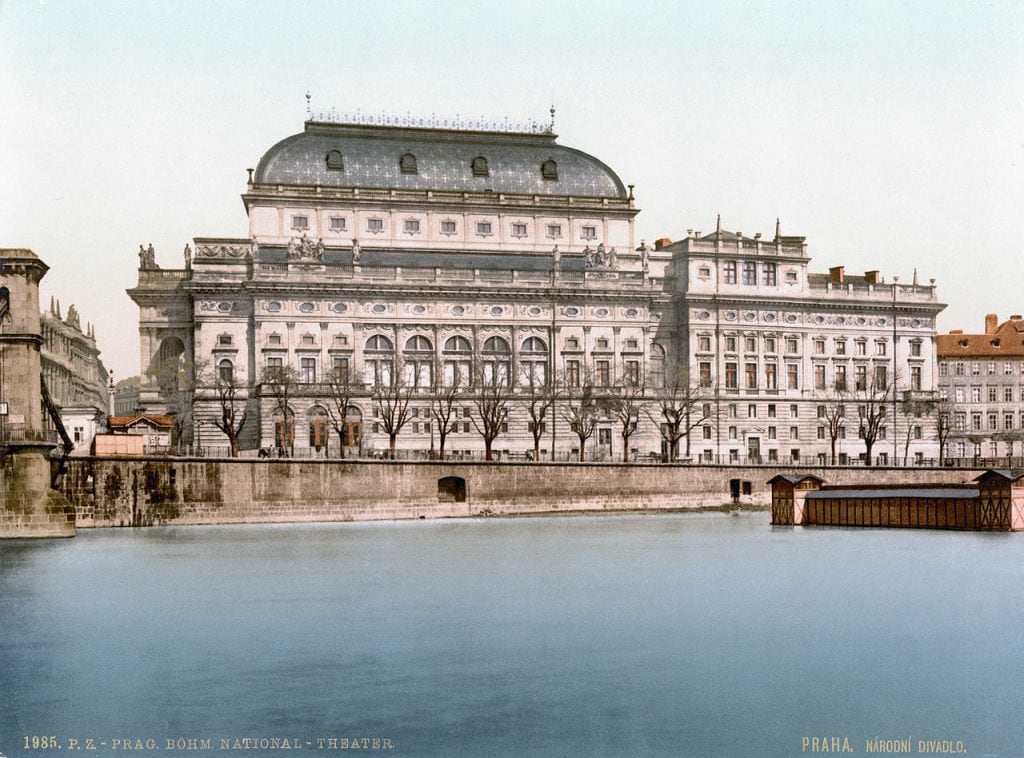
It has an iron curtain.
There are three curtains between the stage and the auditorium including an iron curtain in case of fire, which separates the stage from the auditorium. It weighs 12 tons, has a size of over 12×12 meters, and a thickness of 15 cm. Iron curtains were mandatory in theaters of the Austrian empire in the 18th and 19th century. The term was later adapted into politics to name the impermeable border around the Eastern Bloc during the Cold War.
It’s shrouded in myth and legend.
A number of minor and major myths, legends, and interesting tales are associated with the National Theatre. For example, it is said that in 1868 a cask containing the holy water with which St. Cyril baptized the Slavs was supposedly walled into the foundation stones.
The president has his own stairway and box.
A dedicated entry for the Czech president is built onto the premises. The stairs lead to the President’s owner personal box. You can take a tour of the President’s Route on the NT website as well as take a peek backstage at the gridiron and dressing rooms.












 Reading time: 4 minutes
Reading time: 4 minutes 






